#1 Jefferson Nickel Buyer Las Vegas & Henderson
On the 25th year of Buffalo Nickel’s production run in 1938, it was replaced with Jefferson Nickel. It first sparked up when a design competition was decided in remembrance of Thomas Jefferson as the Founding Father and the third President of the United States of America. The contest was open to all American sculptors, which was held in 1937. A German-born American sculptor’s, Felix Oscar Schlag, design won and he received $1,000 for his hard work. His obverse design was greatly similar to Jean-Antoine Houdon’s 1789 bust of Jefferson, claimed by Cornelius Vermeule – an art scholar. However, his original concept in three-quarters perspective that was inspired by Jefferson’s mansion – Monticello, for the reverse was not accepted by the Treasury Department.
There were various revisions made before it was put into production on October the 3rd of the year 1938. The production of Jefferson Nickel started in all three mints – Philadelphia, Denver, and San Francisco. Jefferson nickels are made of the same metal that was used with the Shiel nickel in 1866. A composition of 25% nickel and 75% alloy – nickel-copper alloy which is a very durable type of metal that can survive in circulation. By November 15, about 12 million were coined and were released officially, but it was not until 1940 that it was more often seen in circulation.
Mintmarks were also placed in the reverse on the right side of Monticello. It is “S” for the San Francisco Mint, with a total of more than 230 million coins produced in the year 1938 to 1964. The lowest mintage recorded for San Francisco was in 1938 with only four million.
If you will see the letter “D” on the right side of the Monticello, that means it was produced by the Denver Mint. But during the starting years, 1938 to 1942, Denver started slowly with only 120 million. It was the year 1960 to 1964 wherein Denver struck more than the Philadelphia and San Francisco combined. The lowest year recorded for their mintages was in 1950 with just more than 2.5 million coins.
Unlike San Francisco and Denver, the Philadelphia Mint did not put any mintmark on the coins they produced, except the time of World War II. Therefore, coins dated from 1938 to 1968 without a mintmark, that is struck in Philadelphia. The mint managed to place 2.7 billion pieces in circulation, having only 7.8 million as the lowest production in 1955.
However, when World War II happened, nickel became a crucial material for war. The entry of the United States into the war made the Mint looked for methods to reduce the usage of metal. The Congress then authorized a nickel made of half copper and half silver on March 27, 1942. This also gave authority to the Mint to alter the proportions or to add other kinds of metals. The Mints came up with a coin made of alloy which is 56% copper, 35% silver, and 9% manganese which came into production since October 1942.
A large mintmark on alloy-silver coins was then placed to signify alloy change. The mintmarks were made larger and were positioned right above Monticello from 1942 to 1945. That was the first time the Philadelphia Mint placed mintmarks on the coins produced. Philadelphia managed to have at least 567 million struck. San Francisco struck more than 217 million. Denver did not produce pieces in 1942 but was still able to bring out a total of over 84 million coins.
Years have passed and yet the 1938 Jefferson nickel still holds value, although not anymore in the trading industry. But how much is a Jefferson nickel worth? That would basically depend on the grade of the coin you are holding but it ranges from 25¢ to $400. Knowing the grade of the coin will determine its value and how much the dealer should pay the collector. The grading set includes Mint State, Extremely Fine, Fine, and Good.
Mint State Grade coins have more sharp and detailed features. It has a fresher look on it and it has not been smoothened. Jefferson’s bust and the Monticello are vividly carved and greatly textured as if it just came out of production and uncirculated. Meanwhile, Extremely Fine Grade coins that have been circulated would be different. It has a smooth texture on several and not as crisp as it first came, especially by Jefferson’s hair and above his ears. The Monticello also has minor loss of texture and the details would be a little subtle.
Fine Grade has more flat zones than the two mentioned first. The flat spots are more visible this time, leaving minor parts of Jefferson unflattened. The same thing could be noticed in Monticello, leaving the pillars, arch, and the windows with subtlety. But what indicates the coin in a Fine Grade are the two windows on each side of the pillars. Lastly, the Good Grade, which is in a more circulated state. In this grade, Jefferson nickel is smoother and the details have been flattened to outline. Most of the bust is flattened and even the rim starts to blend with the letter. The same could be said with the Monticello as it lost its definite details into just outlines.
After identifying the grade of the nickel, it is time to determine its value by its quality. First is its surface quality. Running in the circulation, it is inevitable that the coin may get scratches and grazes, but the more worn out the nickel is the lesser appealing it is for the collectors. Second is its preservation quality. The way the coin is preserved over the years will give off some changes that are visible. If there are hints of stain or decay on the surface, it will no longer be of value. Finally is the strike quality of a Jefferson nickel. When Jefferson nickels are poorly made, it is the strike quality that gets its toll. Kee-eyed collectors prefer a stronger strike and could identify minimal changes.
With an uprise in the coin collection industry, as a collector, it would be an ace characteristic if you could identify the quality and value of the nickel yourself. The Mint State Grade is the most popular among collectors and has the greatest value. In addition, the newer designs are catching more eyes which makes the lower grade have lesser value.
Sources: https://coinweek.com/modern-coins/united-states-1938-jefferson-nickel/
https://en.wikipedia.org/wiki/Jefferson_nickel#Production
https://www.coinstudy.com/jefferson-nickel-values.html









































